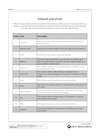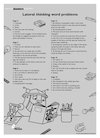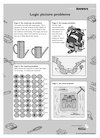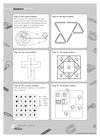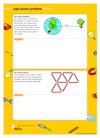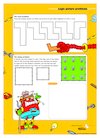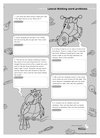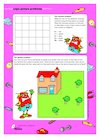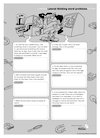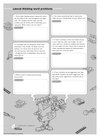What’s the problem?
Add to My Folder
As the National Curriculum states, ‘problem solving involves children developing the skills and strategies that will help them to solve problems faced in learning and life’. Here we explore the strategies that could be used to boost confidence and engage children in their learning
Problems are puzzles or questions that require a solution. They are a feature of everyday life and it is important that we equip children with the skills they need to tackle and solve the problems they will inevitably face, both in their learning and outside of school. Problem solving is an intrinsic part of the curriculum and should be central to children’s learning experience. It not only builds children’s confidence, independence and creativity, but enables them to recognise and apply what they know, and gives meaning and value to real-life situations.
Problems can only be defined by the prior knowledge of the solver – what may be a problem for one person is not necessarily a problem for another. Therefore, for problem solving to be an enjoyable and worthwhile exercise, it is important that problems are pitched at the right level. Children should be challenged but they should also feel that they have a reasonable chance of solving the problem, either by themselves or in a group. The problems in this issue have been chosen specifically for use across Key Stage 2. They can be attacked at various levels so that every child can enjoy and achieve something.

Successful problem solving
A hallmark of good problem solvers is their ability to draw on a wide range of generic and specific strategies to guide and inform their thinking. Successful problem solving demands effective working methods and this involves focusing on the process of solving a problem. The process can be divided into three stages: 1. Access, 2. Attack and 3. Assess and Add. This A-frame structure can be used to encourage children to develop a set of procedures in order to move their thinking in a clear direction.
1. Access
Children should begin by exploring the problem so that they fully understand it. Encourage them to ask, ‘What do we know?’ and ‘What do we need to find out?’ They could do this by:
- making and testing guesses
- defining terms and relationships
- disregarding superfluous information
- extracting relevant information
- organising the information
- thinking about a form of recording.
Already a member? Sign in below.
Published 26 September 2007
Reviews
You need to be signed in to place a review.

